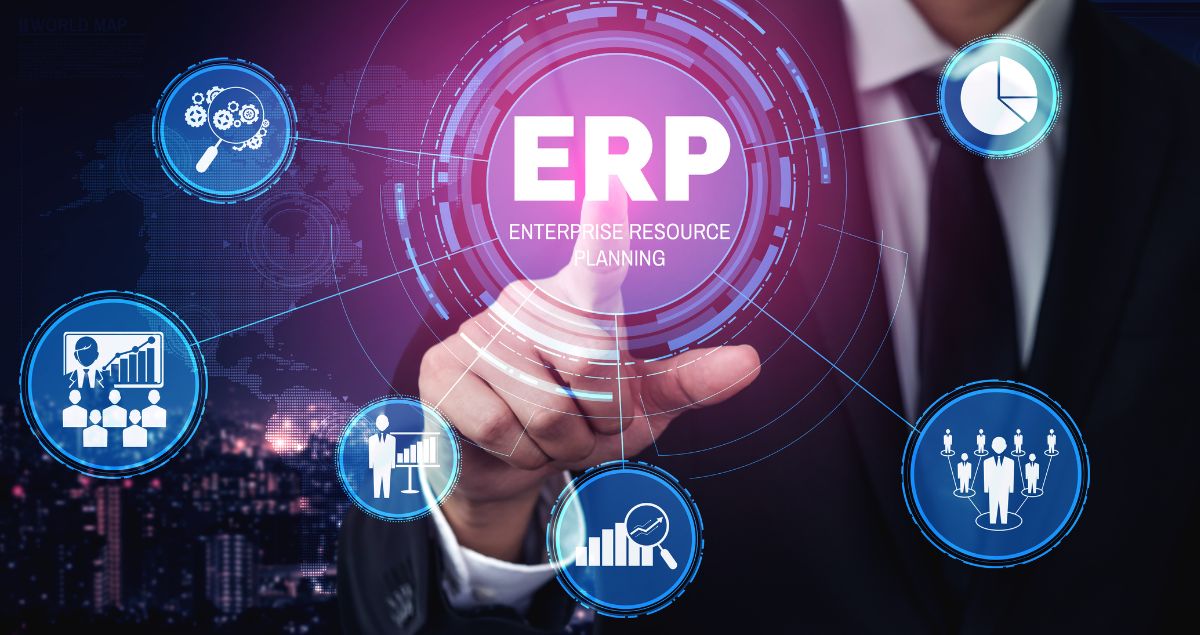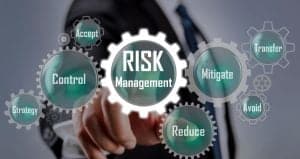If you are clueless who are the primary users of ERP systems then here is a complete step by step guide. Everything that you need to know. Enterprise Resource Planning refers to the primary users of ERP systems. These are software solutions that help businesses manage and automate business tasks like accounting, human resources, and inventory management. ERP systems are used in many different fields and are meant to improve productivity, cut costs, and make data more visible.
ERP systems are mostly used by small and medium-sized businesses (SMEs), large corporations, manufacturing and supply chain companies, retail and e-commerce businesses, healthcare and pharmaceutical companies, non-profits, government agencies, financial services and banking institutions, and schools. ERP systems are used by these companies to streamline and improve how they run their businesses. This helps them be more productive and make better decisions.
Who Are The Primary Users Of ERP Systems: Large Corporations
Large corporations are defined as companies that hold a significant portion of the market in their particular industry, in addition to typically having a large number of employees and a significant amount of revenue coming in. Most of the time, they are the ones who use enterprise resource planning (ERP) systems the most. ERP systems are software platforms that help manage and integrate many different parts of a business, such as accounting, inventory management, and human resources. ERP software was made to help big businesses streamline their business processes and become more productive.
Manufacturing And Supply Chain Companies ERP System
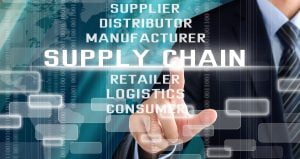
Manufacturing and supply chain companies are among the primary users of ERP (Enterprise Resource Planning) systems. The goal of these systems is to help businesses manage and automate business tasks like manufacturing, inventory management, financials, and more. They can also be integrated with other systems like CRM (customer relationship management) and SCM (supply chain management). By putting in place an ERP system, companies in the manufacturing and supply chain industries can increase their productivity, cut costs, and get a better view of how their operations are going. This lets them make better decisions and respond more quickly to changes in demand or supply.
Non-Profit Organizations As Primary Users Of ERP Systems

Non-profit organizations, often known as non-governmental organizations (NGOs), are non-profit organizations that are not for profit. They usually work hard to help a certain social cause or solve a certain problem. Non-profit organizations may concentrate on issues such as education, poverty, health care, and the environment. To function and support their work, they rely on donations, grants, and other means of funding. Non-profit organizations contribute significantly to society by offering services and assistance to individuals and communities in need. They frequently work to fill gaps in government and for-profit service delivery.
Retail And E-commerce Businesses

Enterprise resource planning (ERP) systems are used by retail and e-commerce enterprises to manage and automate numerous business activities, such as inventory management, order fulfillment, financial accounting, and customer relationship management. In the retail and e-commerce industries, SAP, Oracle, and Microsoft Dynamics are some of the most popular ERP systems.
By letting retailers and e-commerce businesses see and track orders and inventory in real time, these systems can help streamline operations, increase productivity, and better serve customers. By giving enterprises real-time data on sales, inventory, and expenses, systems can help enterprises, which are the primary users of ERP systems, manage their supply chains and keep track of their finances. These systems can give a company a full picture of what it is doing, so it can make decisions based on data and improve its supply chain management and financial accounting.
Financial Services And Banking Institutions

Financial services and banking institutions are among the primary users of ERP systems due to the complex and highly regulated nature of their operations. These systems can help these organizations in areas such as:
-
Risk Management
Risk management involves keeping track of and dealing with financial risks, making sure that rules are followed, and reporting to regulatory bodies.
-
Accounting And Financial Management

Accounting and financial management include automating accounting tasks, keeping track of financial transactions, and providing financial reporting and analytics.
-
Customer Relationship Management
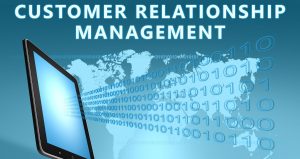
Customer relationship management (CRM) is the process of keeping track of customer information and interactions and giving a full picture of how customers interact with a business across different channels.
-
Operations Management

It includes making things like opening an account, getting a loan, and other financial services easier and faster to do. ERP systems enable financial services and banking firms to save costs, improve efficiency, and comply with regulations. It can also provide insights for data-driven decisions and performance improvement.
Top-level Executives And Decision Makers

Top-level executives and decision makers are considered primary users of ERP systems as they are responsible for making strategic decisions for the organization and need access to accurate and real-time data to do so. ERP systems give them a complete picture of the company’s performance, enabling data-driven decisions. ERP systems track KPIs, budgets, forecasts, and strategic goals. ERP systems also help executives manage risk, compliance, and governance. They need precise, real-time data to make strategic decisions that affect the organization’s performance; hence, ERP systems are their major users.
Conclusion
The primary users of ERP systems include a wide range of professionals and managers from various departments within an organization. The solution helps financial managers and accountants handle data and make choices. The system helps operations and production managers streamline production. The system manages client data and sales for sales and marketing personnel. Logistics managers optimize logistics and supply chain management with the system. The solution helps HR managers manage employee data and streamline processes. The ERP system is managed by IT and system administrators. The method helps executives and decision-makers assess the company’s performance and make strategic choices. Employees, consumers, and suppliers also use the ERP system. ERP systems centralize data management and analysis, improving organizational performance and efficiency.
